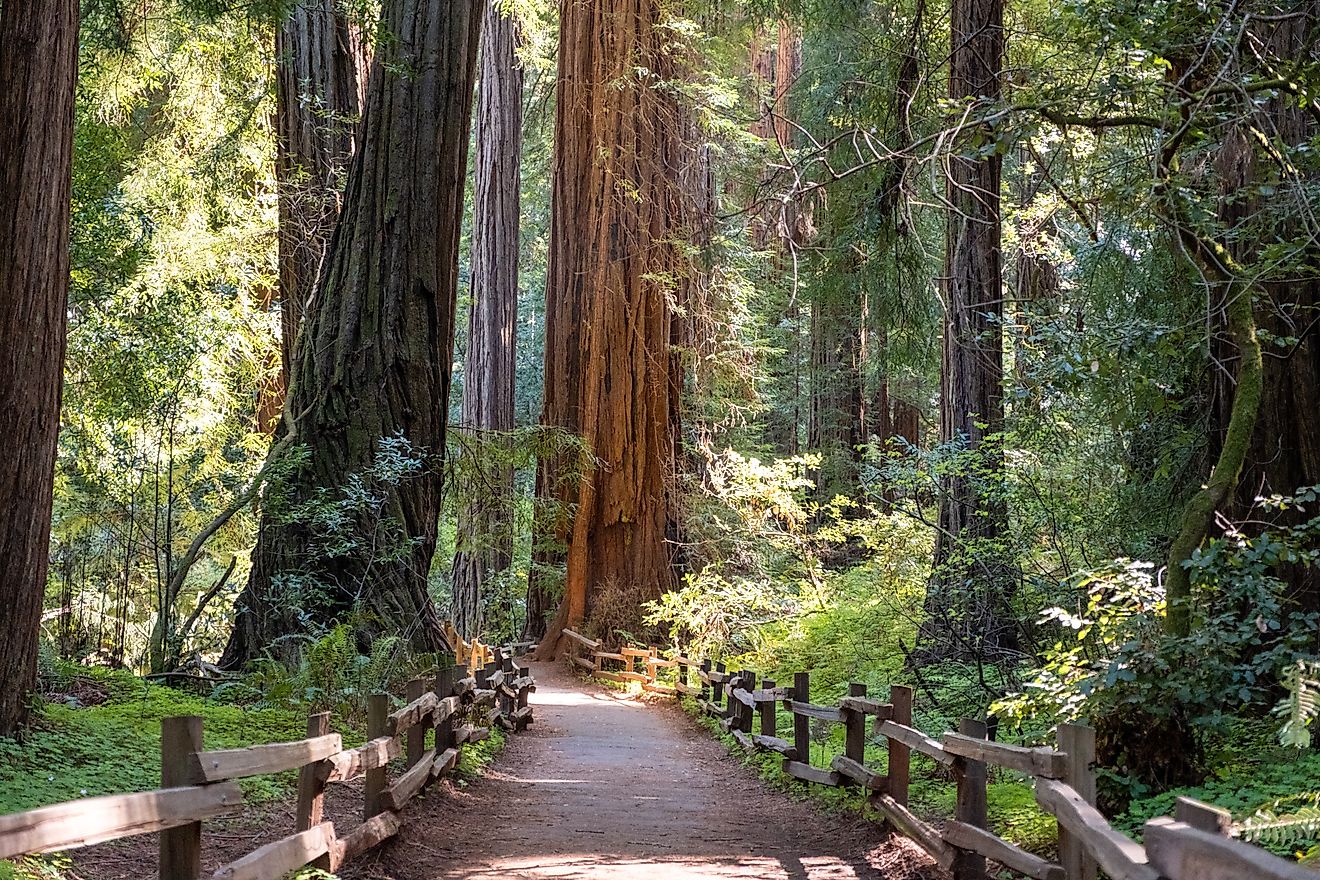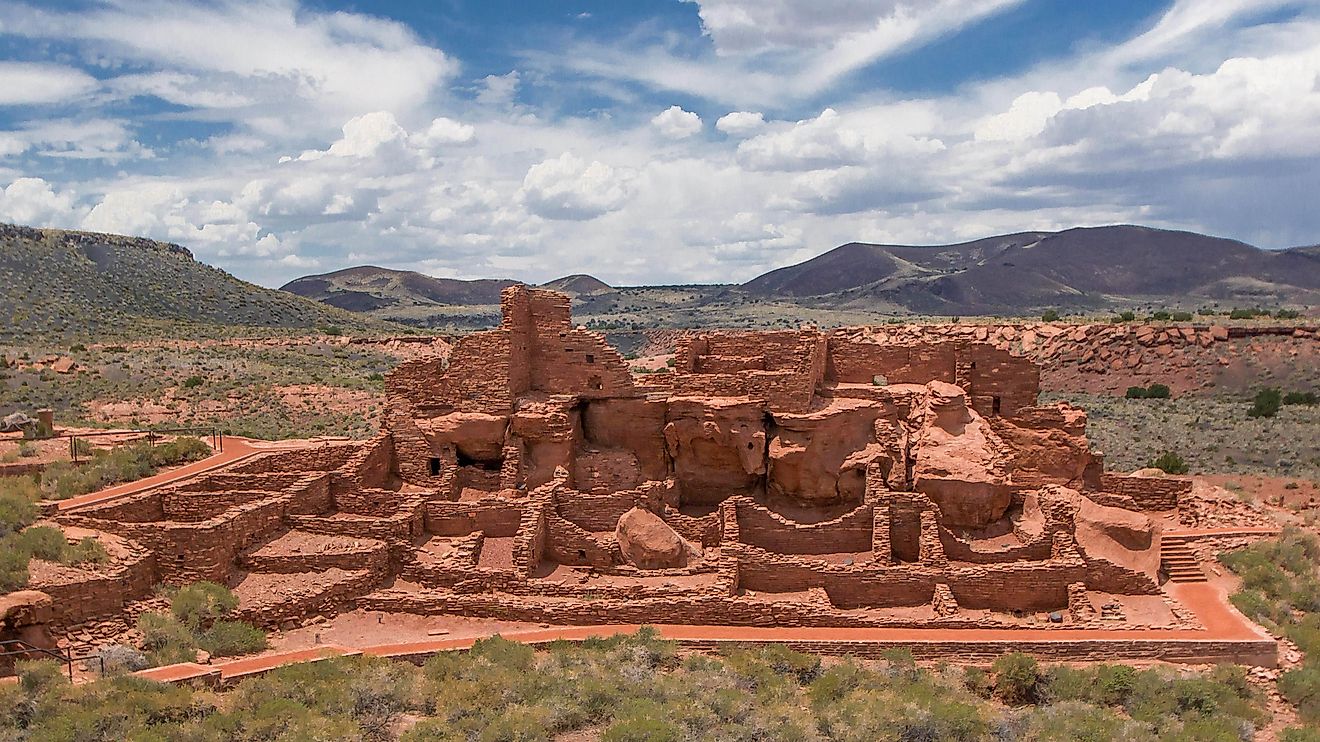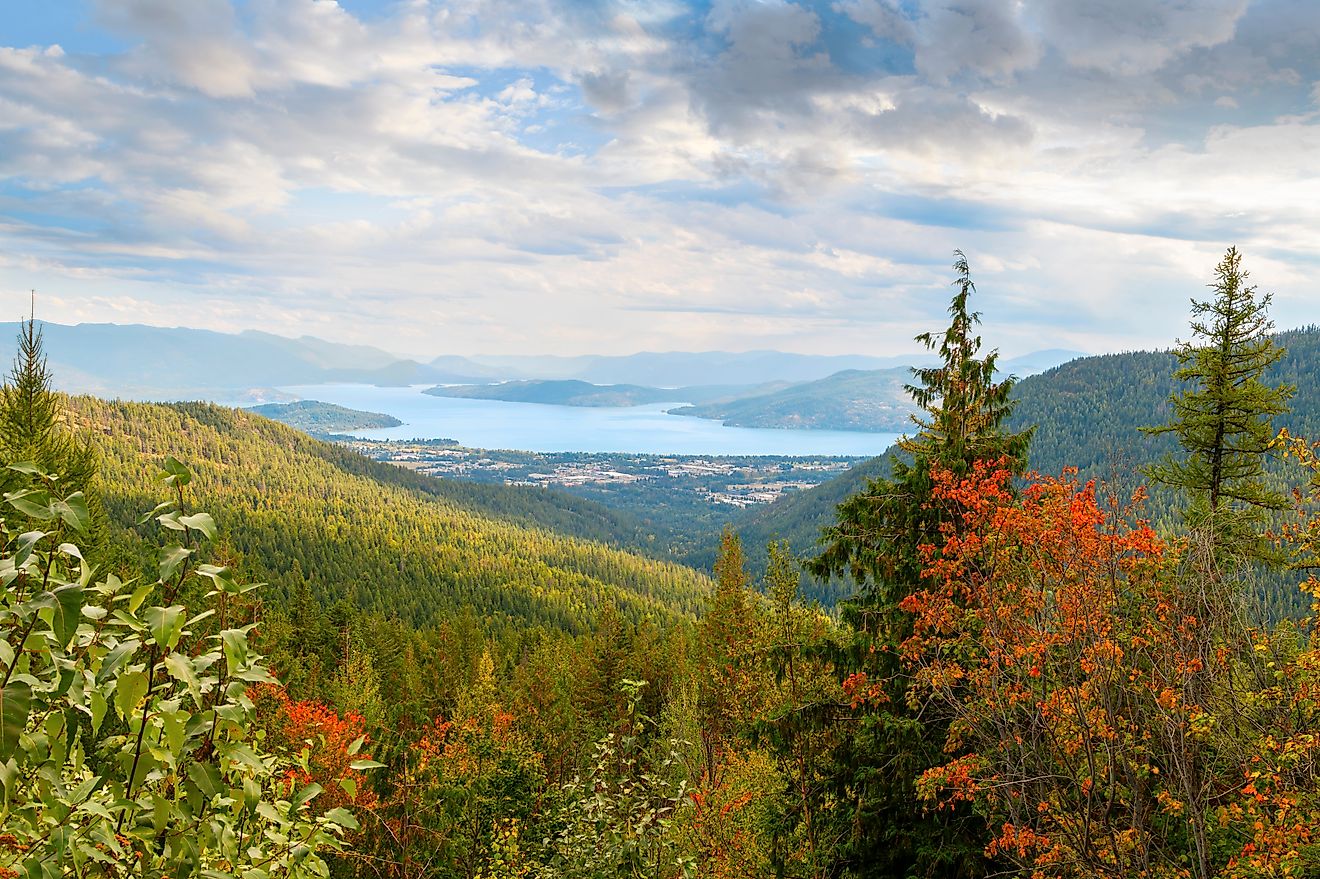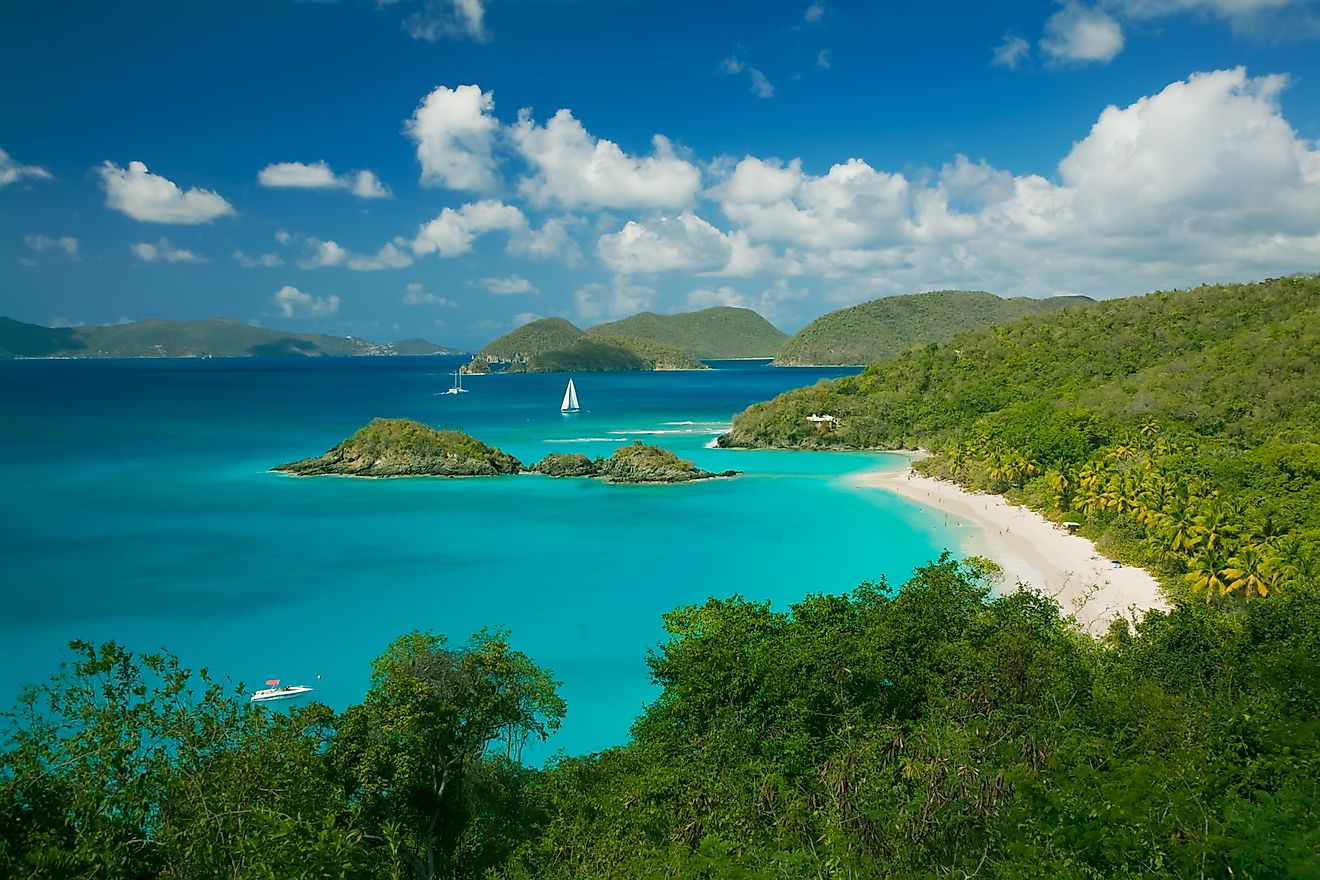
Bridger-Teton National Forest
Spanning an awe-inspiring 3.4 million acres, Bridger-Teton National Forest is one of the most expansive and biologically rich public lands in the United States. Nestled in northwestern Wyoming and bordering Grand Teton National Park, Yellowstone National Park, and the National Elk Refuge, this forest is a cornerstone of the Greater Yellowstone Ecosystem—the largest intact ecosystem in the contiguous United States.
Known for its rugged terrain, pristine watersheds, and unrivaled wildlife viewing opportunities, Bridger-Teton offers a raw, untamed wilderness experience. Whether you're a hardcore adventurer, a family camper, or a winter sports enthusiast, this national forest offers something spectacular in every season.
A Wildland of Superlatives
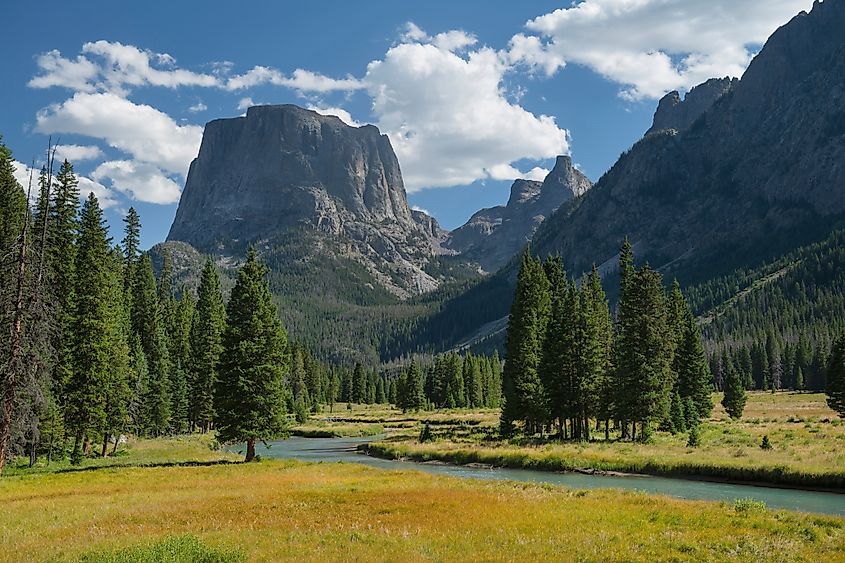
Bridger-Teton is more than just trees and trails. It protects one of the largest expanses of wilderness in the country, housing three nationally designated wilderness areas: Bridger Wilderness, Gros Ventre Wilderness, and Teton Wilderness.
Together, these areas are critical sanctuaries for wildlife and rare plant species and offer unparalleled backcountry opportunities for those seeking solitude far from civilization.
Wildlife in Bridger-Teton
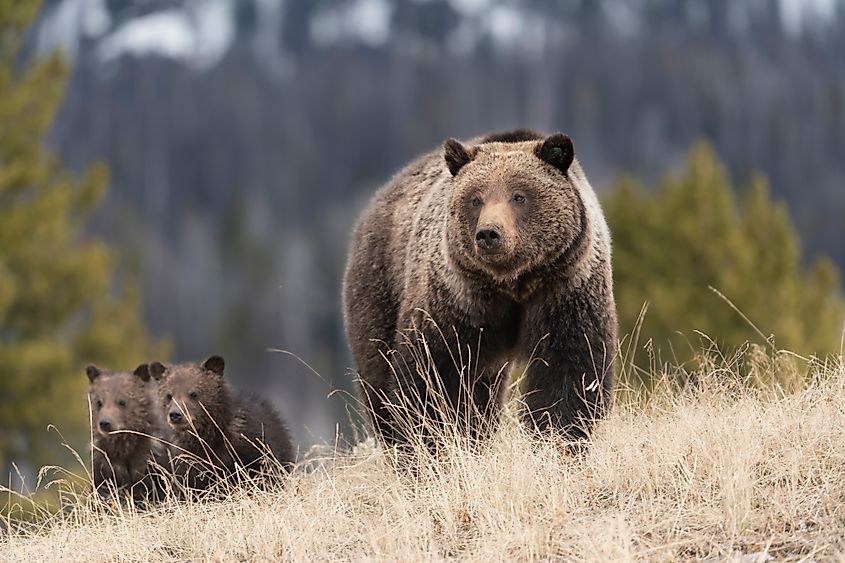
Wildlife thrives in Bridger-Teton, making it a dream destination for nature photographers and animal lovers. Home to more than 355 species of birds, including bald eagles, trumpeter swans, and sandhill cranes, the forest bursts with avian life throughout the seasons.
Large mammals are a highlight here, and sightings of elk, moose, mule deer, coyotes, and grizzly bears are not uncommon. Winter brings these creatures closer to roads and lower elevations, making them easier to spot—though visitors are urged to keep a safe distance.
Travel Tip: Feeding wildlife is not only dangerous but can be fatal for the animals. Animals that grow reliant on human food often lose their ability to forage in the wild and may not survive harsh winters.
2,200 Miles of Trails and Endless Adventure
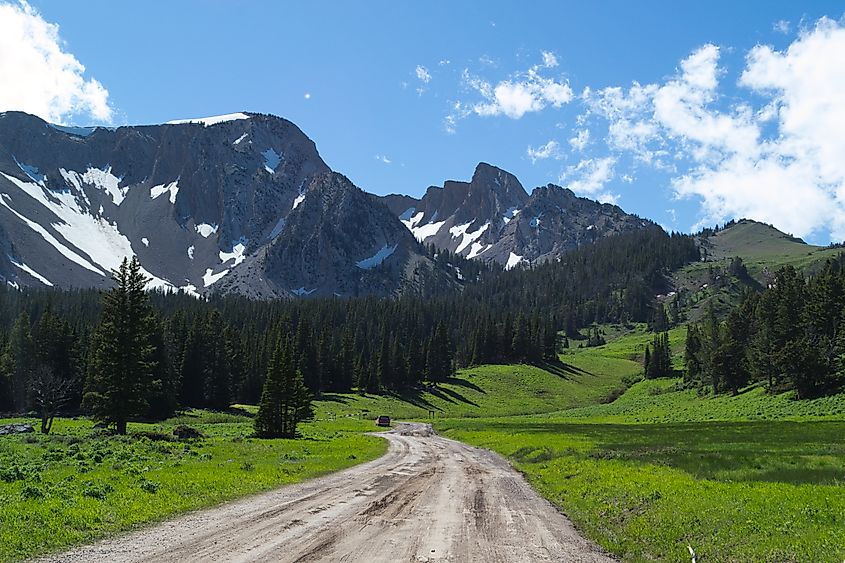
Summer is a spectacular time to visit Bridger-Teton, when the snow recedes and a vast network of trails and campgrounds becomes accessible. With 37 developed campgrounds and extensive opportunities for dispersed camping, you can set up your basecamp just about anywhere.
Popular summer activities include:
-
Hiking & Backpacking: Over 2,200 miles of trails range from family-friendly day hikes to multi-day treks through remote wilderness.
-
Horseback Riding: Explore mountain passes and valley meadows just like early pioneers did.
-
Rock Climbing: Tackle granite crags and rugged cliffs in designated climbing zones.
-
Mountain Biking & OHV Use: Designated trails accommodate mountain bikers and off-highway vehicle (OHV) users—just be sure to check local regulations.
Water-based activities are just as rewarding. The Salt and Green Rivers are perfect for fishing and canoeing, while more adrenaline-fueled experiences await on the Snake River south of Jackson, as well as the Hoback and Gros Ventre Rivers, where whitewater rapids cut through stunning canyons.
Winter in Bridger-Teton
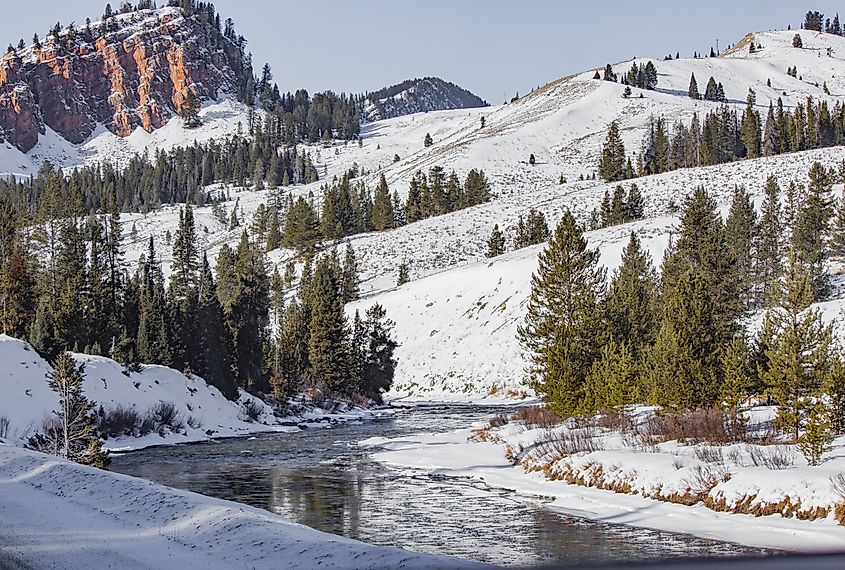
When the temperature drops and snow blankets the mountains, Bridger-Teton transforms into a playground for winter recreation.
Winter highlights include:
-
Snowmobiling: Groomed routes connect to the famous Continental Divide Trail system.
-
Cross-Country Skiing & Snowshoeing: Glide or hike through silent forests and open glades.
-
Backcountry Skiing & Snowboarding: For those with experience and avalanche gear, the untouched snow is unmatched.
-
Dog Sledding (Mushing): Experience winter from a husky-led sled, a uniquely Northern adventure.
-
Ice Climbing: Frozen waterfalls and ice-covered cliffs attract climbers from around the country.
For downhill sports, three permitted ski resorts operate within the forest, offering varied terrain for skiers and snowboarders.
A Geological Marvel
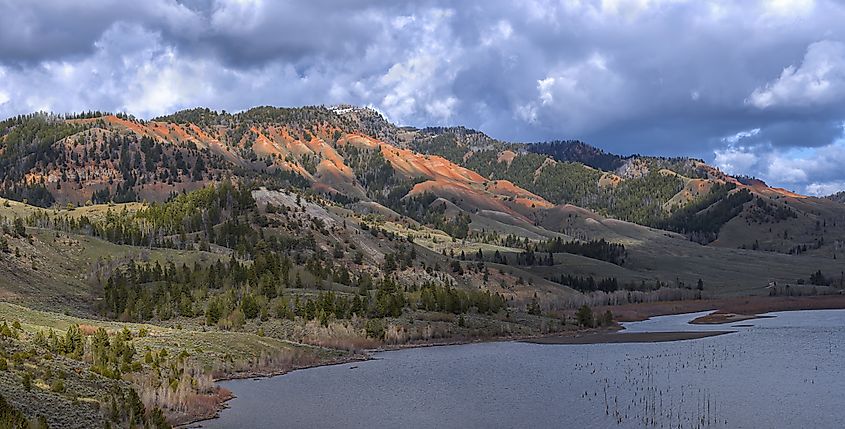
One of the forest’s most fascinating features is the Gros Ventre Slide, located 18 miles northeast of Jackson. On June 23, 1925, a massive section of mountain—nearly a mile wide—collapsed into the valley below. The resulting natural dam created Lower Slide Lake, but the dam burst two years later, flooding the nearby town of Kelly.
Today, the site is accessible via an interpretive trail that provides geological insights and historical context. The landslide remains one of the most significant geological events in Wyoming’s recorded history and is a must-visit for those interested in natural sciences.
Bridger-Teton by Season: What to Expect Year-Round
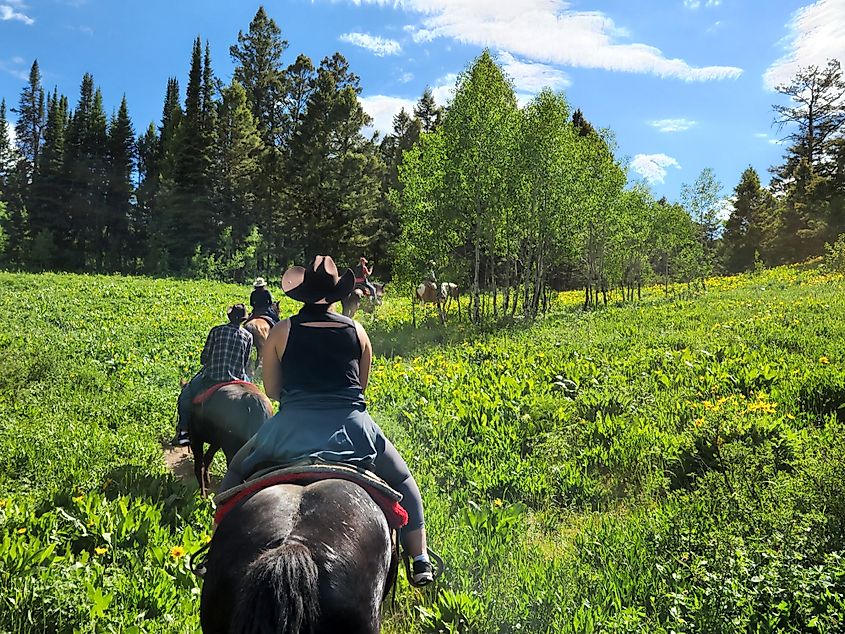
Spring (April–June)
-
Snow is melting at lower elevations.
-
Wildlife begins to emerge—especially elk, deer, and birds.
-
Trails may be muddy; rivers run high due to snowmelt.
Summer (July–September)
-
Ideal for hiking, camping, boating, and wildlife viewing.
-
Expect full campground access and clear trails.
-
Mosquitoes can be abundant—bring repellent!
Fall (October–November)
-
Cooler temperatures and golden foliage.
-
Elk and moose enter rutting season—great for photography (from a distance).
-
Fewer crowds and quieter trails.
Winter (December–March)
-
Snow sports season: skiing, snowmobiling, and dog sledding.
-
Limited road access; some areas only reachable by snowshoe or snowmobile.
-
Increased wildlife activity at lower elevations.
Nearby Destinations: Combine Your Trip
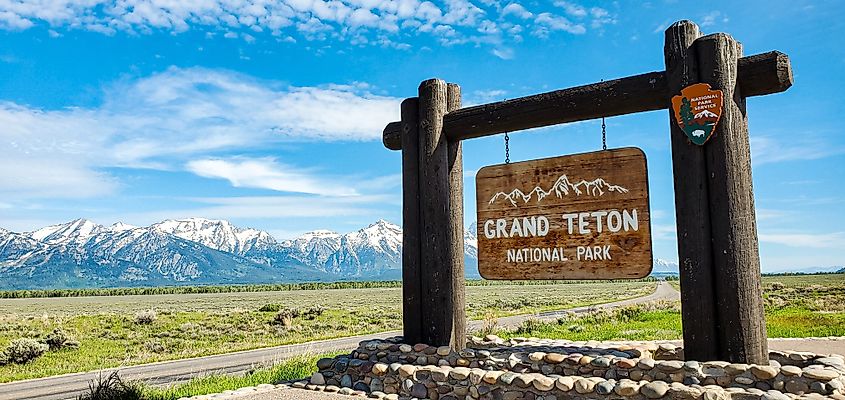
Bridger-Teton’s central location allows travelers to easily combine visits to nearby iconic attractions:
-
Jackson, WY: A thriving Western town with a vibrant arts scene, dining, and lodging.
-
Grand Teton National Park: Just next door, offering glacial lakes and dramatic mountain views.
-
Yellowstone National Park: The world's first national park is just to the north.
-
National Elk Refuge: A great spot to see large herds of elk in the winter months.
Why Bridger-Teton Should Be on Your Travel List
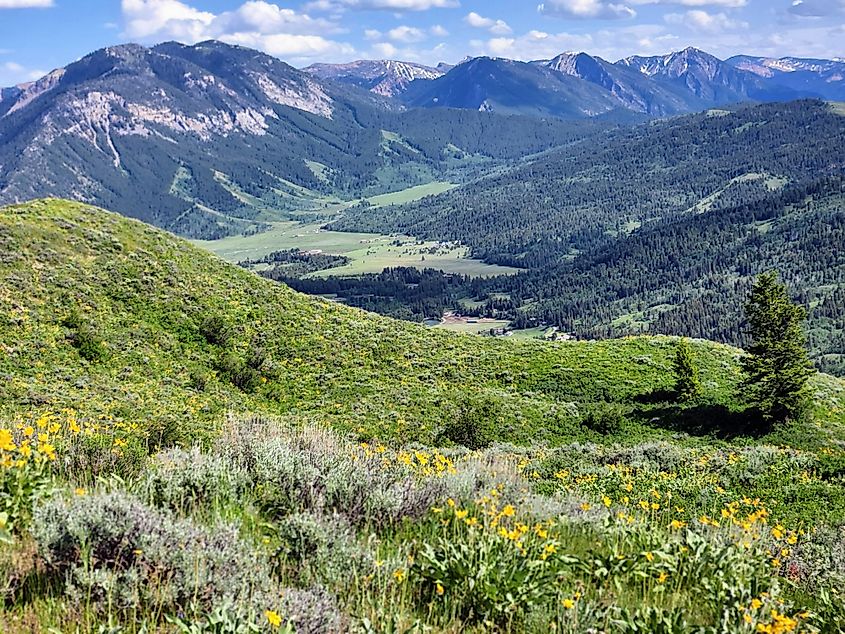
Bridger-Teton National Forest is more than just a destination—it’s a place to reconnect with the untamed rhythms of the natural world. It’s where you can paddle alongside towering cliffs, hike through alpine meadows dotted with wildflowers, or spot a grizzly bear ambling across a distant hillside.
Whether you seek adrenaline, tranquility, or a deeper understanding of America’s wildlands, Bridger-Teton offers an experience you won’t forget.
FAQs About Bridger-Teton National Forest
Is Bridger-Teton National Forest free to visit?
Yes, most areas are free to access, though permits may be required for camping, hunting, or certain recreational activities.
Can I see bears in Bridger-Teton?
Yes, both grizzly and black bears inhabit the forest. Carry bear spray and follow bear safety guidelines.
Are dogs allowed?
Yes, but they must be leashed in developed areas and under control in backcountry zones. Be aware of wildlife and rugged terrain.
What's the best time to visit?
Summer offers the widest range of activities, but winter sports lovers will enjoy December through March. Fall is excellent for photography and fewer crowds.
